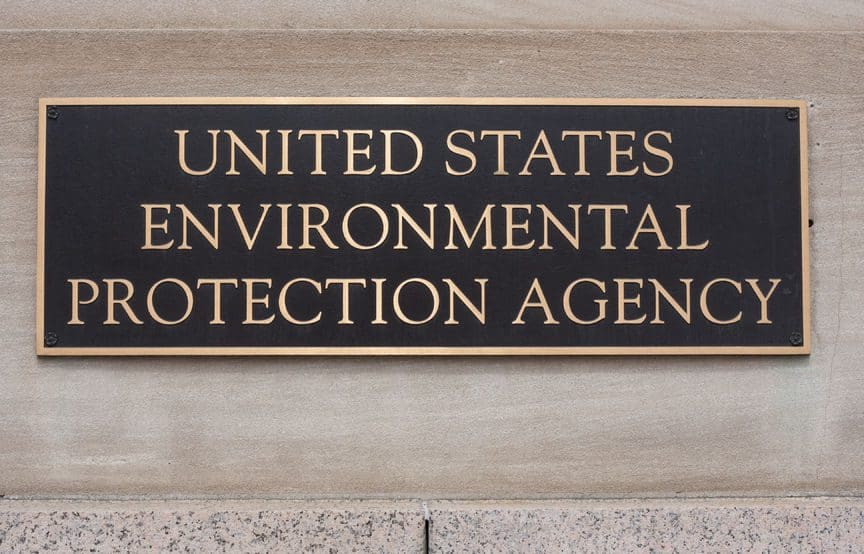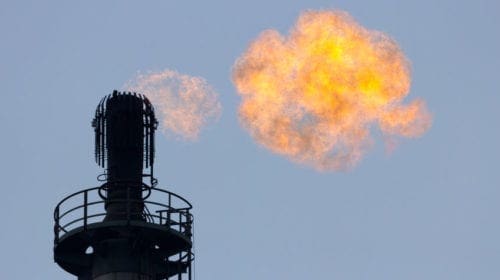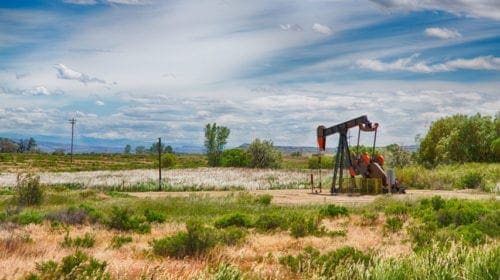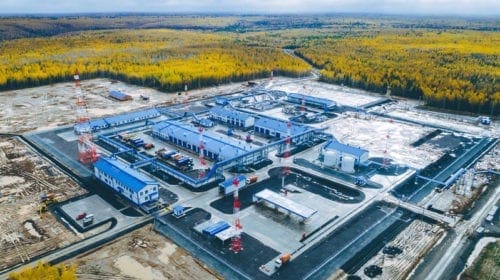The U.S. Environmental Protection Agency (EPA) recently unveiled new improvements for the 2016 New Source Performance Standards (NSPS) for the oil and gas industry, which seek to align regulatory requirements in keeping with President Donald Trump’s Energy Dominance Agenda. Under the proposed regulatory package, announced by the EPA on Tuesday, September 11, 2018, the agency would ease regulatory burdens on domestic energy producers by modifying the frequency for monitoring leaks at well sites and compressor stations and adopting other important technical corrections to the original NSPS rule. As projected by the agency, these regulatory changes are expected to save up to approximately $484 million in regulatory costs from 2019 – 2025 or $75 million annually.
The 2016 NSPS were among the most overreaching regulations targeting the U.S. oil and natural gas industry promulgated under the previous administration. Since the EPA updated its NSPS and permitting rules in 2016 for new, reconstructed and modified oil and gas sources, TIPRO has lobbied aggressively against the onerous regulations, including a consistent call for the exclusion of stripper wells, or “low production well sites.” Given the significant difference in production and reservoir pressure compared to higher volume wells, stripper wells should have never been subjected to the same requirements under the NSPS.
In addition, the 2016 NSPS required owners/operators at new and modified well sites to conduct an initial monitoring survey within 60 days of the startup of production, and semi-annual monitoring surveys afterward. Now, the EPA is proposing biennial monitoring for low production well sites. The EPA defines a low production well site as holding combined oil and natural gas production of less than 15 barrels of oil equivalent per day, averaged over the first 30 days of production. For well sites that are not considered low production, annual monitoring would be required. For all well sites, EPA is also proposing to allow monitoring to be stopped once all major production and processing equipment is removed so that the site contains only wellheads. However, separate tank batteries receiving oil or gas produced from wellhead-only sites are considered modified and would still be subject to fugitive emissions monitoring requirements.
The EPA is also co-proposing changing the monitoring schedule for compressor stations to require either semi-annual or annual monitoring. Moreover, the agency has recommended extending the schedule to allow operators more time to repair leaks of fugitive emissions.
Other regulatory amendments would alter standards for pneumatic pumps at well sites, and ease requirements for certification by a professional engineer when meeting those requirements is technically infeasible. The federal agency also is looking to remove duplicative EPA and state requirements in an effort to streamline implementation, decrease unnecessary burdens for domestic energy producers and support state oversight of industry operations.
The Texas oil and natural gas industry is pleased to see the Trump Administration continue to address overbearing regulatory issues, adopt reasonable standards that protect the environment while also encouraging increased domestic energy production, as well as recognize the progress the industry has made without unnecessary regulations designed to hamper oil and gas production.
On its own initiative, the U.S. oil and gas industry continues to advance efforts to reduce energy emissions through innovation, best practices and voluntary industry programs. As an example, exploration and production companies have reduced methane emissions by more than 14 percent since 1990, while overall natural gas production has increased by over 50 percent during this timeframe. This decline is attributable to voluntary actions from operators, including investment of over $250 billion in greenhouse gas mitigating technologies by U.S. oil and natural gas companies over the past 20 years. Increasing use of natural gas for electricity generation has also resulted in reductions in the emissions of carbon dioxide (CO2) and criteria air pollutants. In fact, in 2017, the U.S. led the world in carbon emission reductions for the third consecutive year and for the ninth time this century.
The rollback of unnecessary and overly burdensome regulations under President Trump has contributed to record U.S. oil production. According to the U.S. Energy Information Administration (EIA), the U.S. became the largest global crude oil producer this year, officially surpassing Russia and Saudi Arabia. U.S. crude oil production is expected to average 10.7 million barrels per day (b/d) in 2018, up from 9.4 million b/d in 2017.
Texas leads the U.S. in oil and natural gas production growth, with much of the increased output coming from West Texas. Permian Basin production is expected to average 3.4 million b/d in 2018, an 871,000 b/d increase from 2017, and average 3.9 million b/d in 2019, a 514,000 b/d increase from 2018. Pipeline capacity constraints in West Texas have lowered wellhead prices for the region’s oil producers, however, which could slow projected growth of crude output next year. The longer term outlook for domestic production could also be impacted from an escalation in the China-U.S. trade war and rising costs for oil and gas operators and critical infrastructure projects due to steel and aluminum tariffs.
Regulatory improvements, including the proposed changes by the EPA to air quality standards for the oil and gas sector, and an expedited resolution to trade disputes, will help further advance American energy production, strengthen national security and drive economic growth for the state of Texas.
TIPRO is a trade association representing the interests of nearly 3,000 independent oil and natural gas producers and royalty owners throughout Texas. As the largest statewide association in Texas that represents both independent producers and royalty owners, members include small businesses, the largest, publicly-traded independent producers, and mineral owners, estates, and trusts.
Oil and gas operations are commonly found in remote locations far from company headquarters. Now, it's possible to monitor pump operations, collate and analyze seismic data, and track employees around the world from almost anywhere. Whether employees are in the office or in the field, the internet and related applications enable a greater multidirectional flow of information – and control – than ever before.













1 comment
Comments are closed.